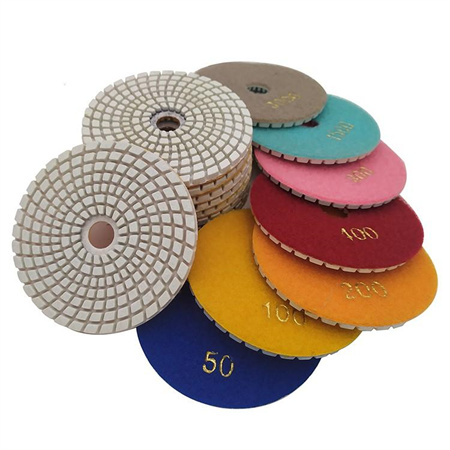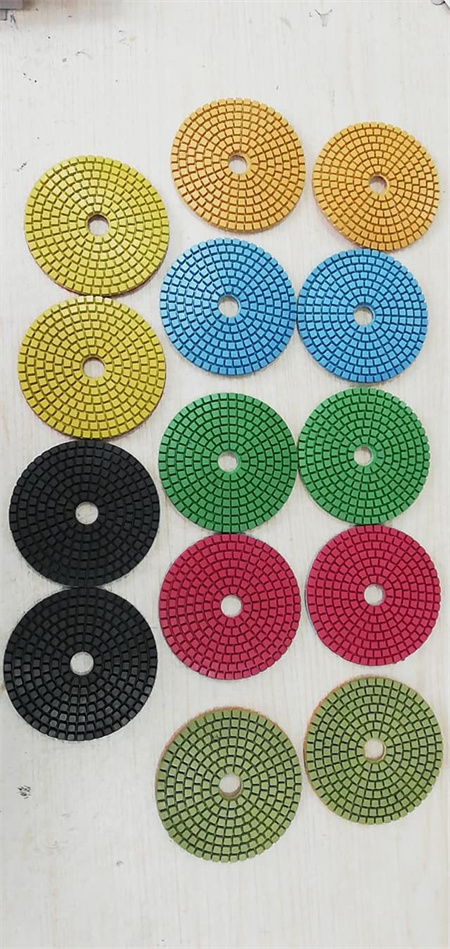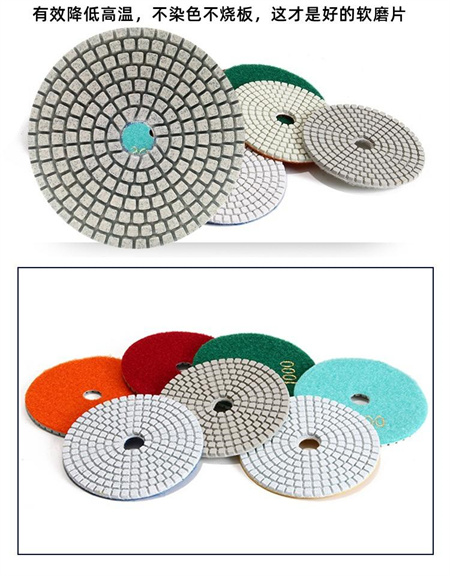The Importance of Research & Development in Diamond Tools
In the world of cutting, grinding, and drilling, diamond tools have earned their place as some of the most essential and powerful equipment. From the construction industry to precision engineering, these tools play a crucial role in shaping everything from raw materials to fine finishes. However, as the demand for precision, durability, and efficiency grows, so does the need for continuous innovation. This is where research and development (R&D) come into play, driving the evolution of diamond tools and pushing the boundaries of what’s possible.

One of the main challenges facing diamond tools is the constant need to improve their efficiency and lifespan. Diamond is the hardest natural material on Earth, but it’s not impervious to wear and tear. As technology advances, tools are required to handle more intense workloads, higher speeds, and more aggressive materials. Without consistent R&D efforts, diamond tools would struggle to meet these growing demands. Researchers in the field of diamond tool manufacturing are focused on creating more durable, efficient, and cost-effective solutions to meet these challenges.
A key aspect of R&D in this sector is the development of better bonding materials. Diamond particles are embedded in a matrix material, and how well this bond holds up during use determines the tool’s overall performance. Scientists and engineers work tirelessly to find new bonding agents that can withstand extreme temperatures, pressures, and abrasive conditions, ensuring that the diamonds stay in place longer and perform better. This research not only improves the longevity of the tools but also enhances cutting speed and precision.

In addition to materials, R&D also plays a pivotal role in refining the design of diamond tools. Tool geometry—such as the shape, size, and arrangement of the diamond particles—can significantly affect the tool’s cutting efficiency, heat resistance, and precision. Advances in computer-aided design (CAD) and 3D modeling have made it easier for engineers to optimize these factors, leading to more customized solutions that meet the specific needs of industries like aerospace, automotive, and electronics manufacturing. In this context, R&D allows for the creation of tools that are perfectly suited for particular tasks, improving overall productivity and quality.
Sustainability is another growing concern in the diamond tool industry, and R&D is at the forefront of developing more eco-friendly manufacturing processes. The extraction of natural diamonds and the environmental impact of traditional manufacturing methods have raised questions about the sustainability of diamond tools. In response, researchers are exploring ways to use recycled diamond particles, as well as eco-friendly bonding materials, to reduce waste and the carbon footprint of tool production. These sustainable practices are not only beneficial for the environment but also help companies stay ahead of the curve in an increasingly environmentally-conscious market.

As industries continue to demand higher performance, faster production, and more sustainable practices, the importance of research and development in diamond tools cannot be overstated. R&D fuels innovation, improves tool efficiency, and ensures that diamond tools remain at the cutting edge of technology. With ongoing advancements in material science, design, and sustainability, the future of diamond tools looks brighter than ever, ready to tackle the challenges of tomorrow’s industries.
By investing in R&D today, manufacturers of diamond tools are paving the way for the next generation of products that will shape the future of construction, engineering, and manufacturing. In the ever-evolving world of industrial tools, one thing is clear: research and development are not just a luxury—they are a necessity.